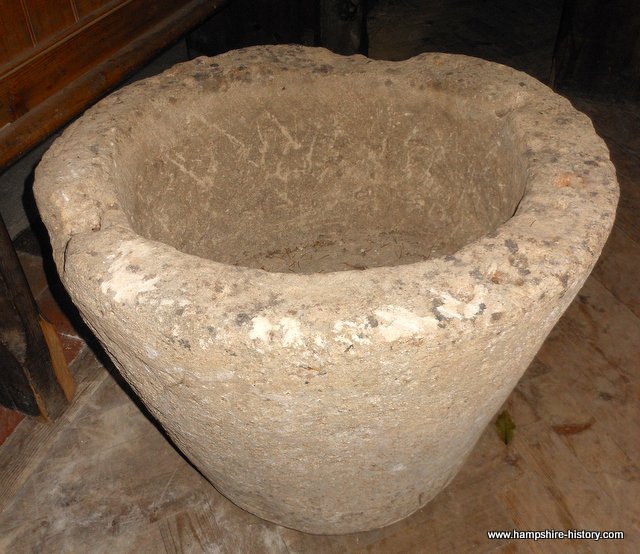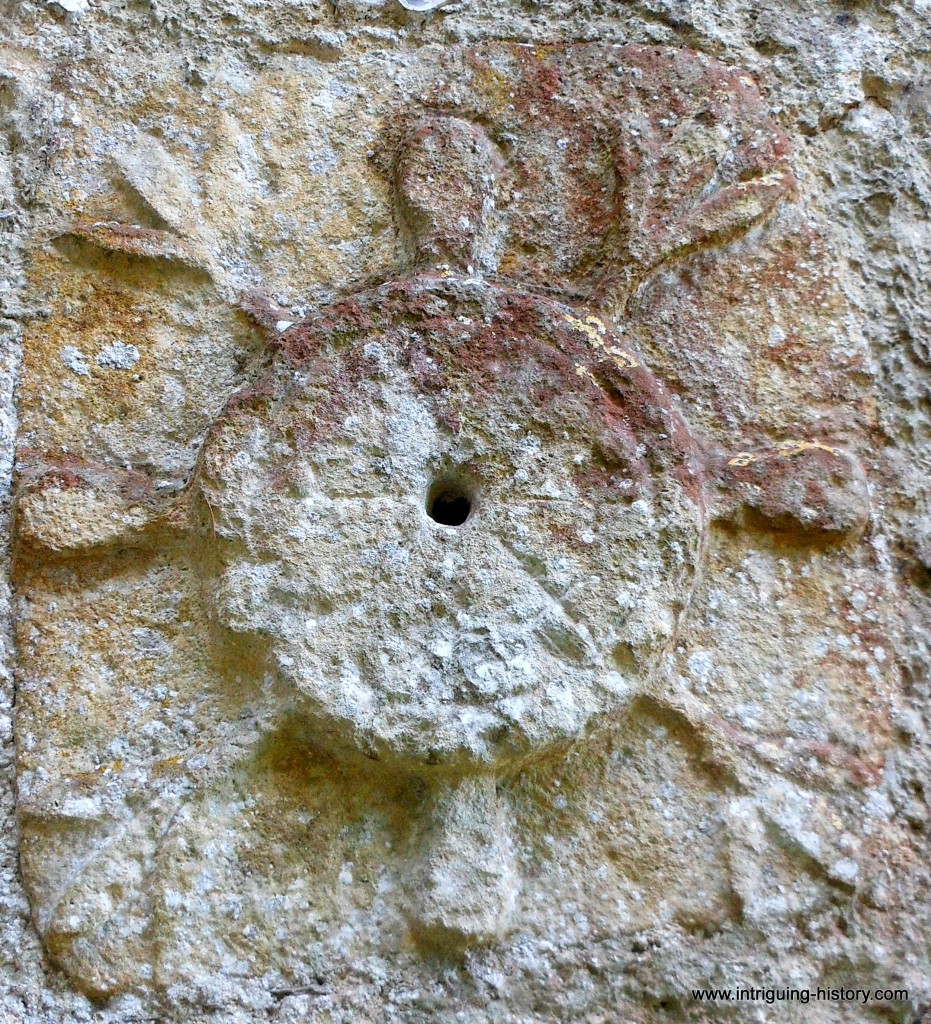Anglo Saxon Period in Hampshire's History
The Romans departed from the shores of England in about 410AD but so little is known about the manner of the cessation of Roman rule it makes it difficult to know exactly what was happening in England at this time. We do know that by about 500 AD every part of the Roman western empire was ruled by the barbarians, except Britain. It took a long time to defeat the Britons.
The Saxons may have been attacking in new strength but that is uncertain. The advance of the Germanic invaders took time and spread from east to west. Britain had become two distinct areas. The west was occupied by the Christian Britons, the east occupied by dynasties of Germanic origin and Pagan until the mission of St Augustine in 597 AD.
The area Hampshire now occupies fell into the eastern divide.
Hampshire, of course did not exist in name at this time. It formed part of a kingdom called Wessex and much of what we surmise about this period comes from Bede's accounts.
Herein lies a problem. The account by Bede was written in c.892 and the history of the early Anglo Saxon period from this document can be subject to a number of different interpretations, including that we might be reading a somewhat fictional account.
Bede tells us that the Saxons came to Wessex via Portsmouth, with the landing of Cerdic and Cynric in 495 AD and again in 501 when 'Port' arrives and then in 514 AD an influx of west Saxons. The Meon Valley area was also home to the Jutes.
There is a strong and still visible connection between Hampshire and our Anglo Saxon heritage, we can see it in our churches, examples of a time when the first flourish of Christianity settled on our shores.


